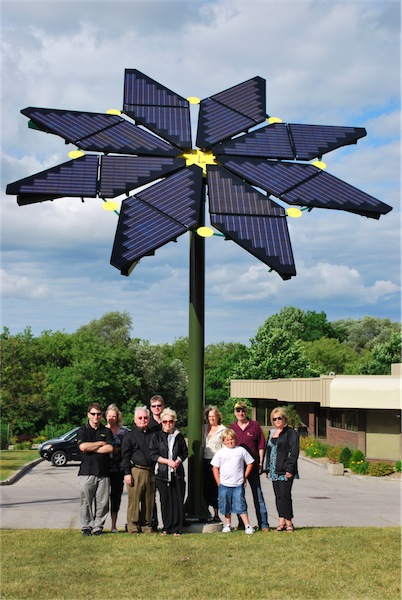 Last week the Colorado PUC released draft rules for the Community Solar Gardens created under a 2010 state law. We discussed the legislation in detail in our 2010 Community Solar Power report, with this conclusion (unchanged by our review of the new rules):
Last week the Colorado PUC released draft rules for the Community Solar Gardens created under a 2010 state law. We discussed the legislation in detail in our 2010 Community Solar Power report, with this conclusion (unchanged by our review of the new rules):
It’s clear that the policy will help overcome barriers to community solar, in particular by providing a legal structure for community solar projects and defining the type of generation they qualify as. Community solar gardens should expand participation in distributed solar generation and perhaps expand ownership as well. Solar gardens should help make solar more affordable by allowing for economies of scale in construction and installation, by enabling access to federal tax incentives, and by (unfortunately) using open fields instead of existing structures. Hopefully the distributed nature of solar gardens will encourage projects to connect to existing grid infrastructure. Perhaps the greatest strength in the bill is creating an easily replicable model for community solar. While there will be variations as allowed by law, the creation of a defined “solar garden” in state law and a mandate for utilities to buy their electricity should encourage the development of many community solar gardens. [emphasis added]
For more detail, see the summary drawn from our report below. Italicized text indicates clarifications from the PUC’s recent rules release:
Colorado Solar Gardens, Briefly
Definition of a Solar Garden
- 2 MW or less
- 10 or more subscribers (none owning more than 40%)
- Rooftop or ground-mounted
Owner
- For- or non-profit whose sole purpose is to own or operate a solar garden
Subscribers
- Must live in same county
- Must own 1 kW share or more
- Share must not exceed 120% of electricity consumption
- Compensation for subscription comes from a proportional share of electricity, virtually net metered, and renewable energy credits.
Utility
- Must buy 6 MW of solar garden electricity by 2013
- Half must come from solar gardens smaller than 500 kW via a standard offer.
- Must encourage solar gardens with renters and low-income subscribers – 5% of CSG capacity is reserved for customers at or below 185% of the federal poverty limit.
- Can own up to 50% of a solar garden
- RECs from solar gardens cannot add up to more than 20% of the utility’s retail distributed generation obligation under the state’s RPS.


